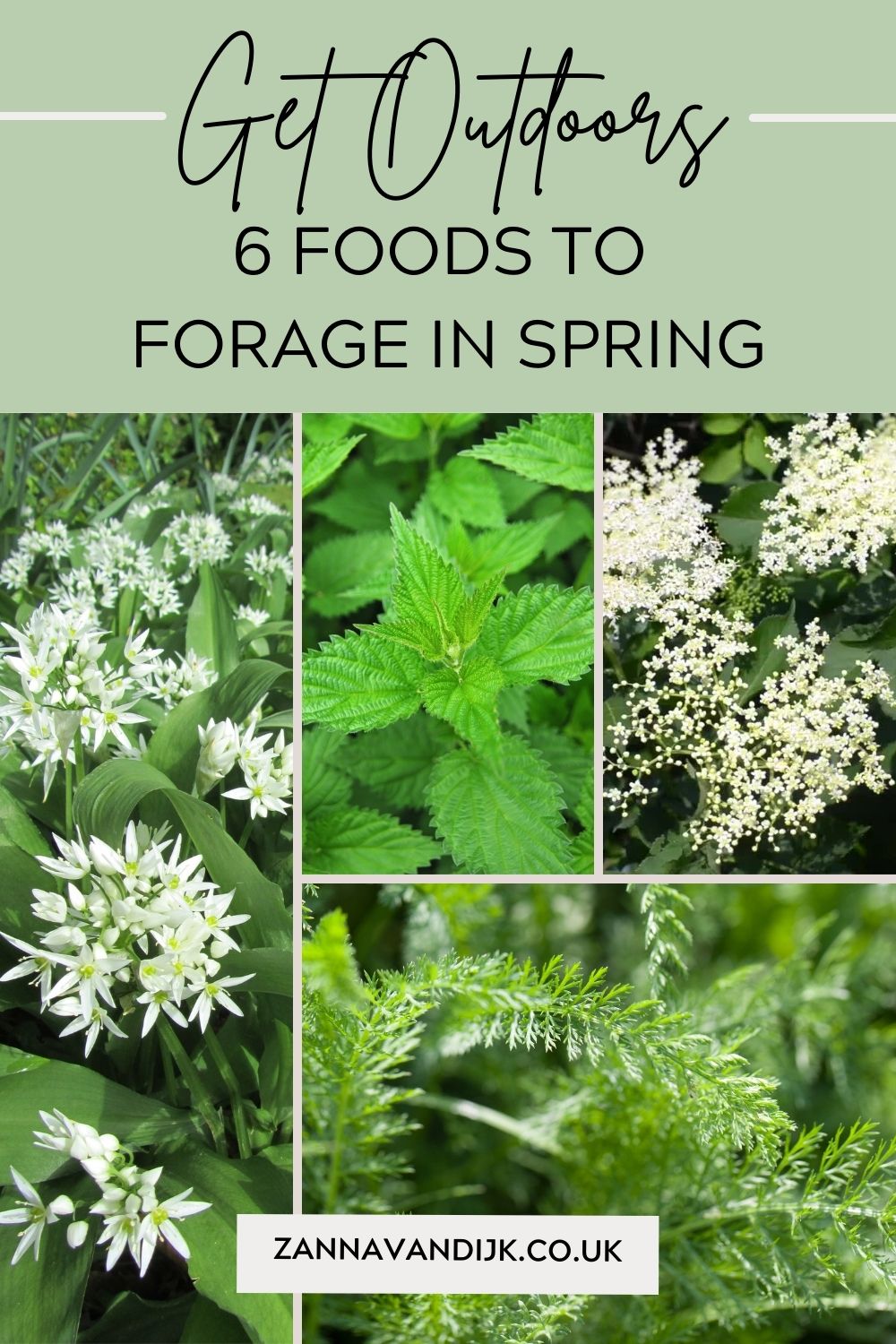As spring arrives bringing longer days, warmer temperatures and fresh blooms, the range of wild foods you can forage broadens significantly. In short, foraging is finding edible plants, mushrooms and fruit growing out in nature. These can be tucked away in woodlands, forests, fields and even hedgerows! Wild foods regenerate themselves naturally, so as long as you forage responsibly they are a great sustainable, local and delicious food source.
It is best if you’re new to foraging to take a short course or class, as there are numerous toxic plants to watch out for. To get you started, here are some responsible foraging guidelines:
- Only collect from plentiful populations, from areas where the food is in abundance.
- Leave plenty behind. Wild foods are vital for the survival of the UK’s wildlife.
- Know exactly what you’re picking and never consume a wild plant if you’re not certain of its identification. If in doubt, do not eat it.
- Typically on common land you can forage freely, but ensure you do not forage on private land without permission.
- Take secateurs or scissors so you can chop off how much you need.
- Do not pick rare species.
Now you have the basics, here are six foods you can forage in the British springtime:
Wild Garlic.
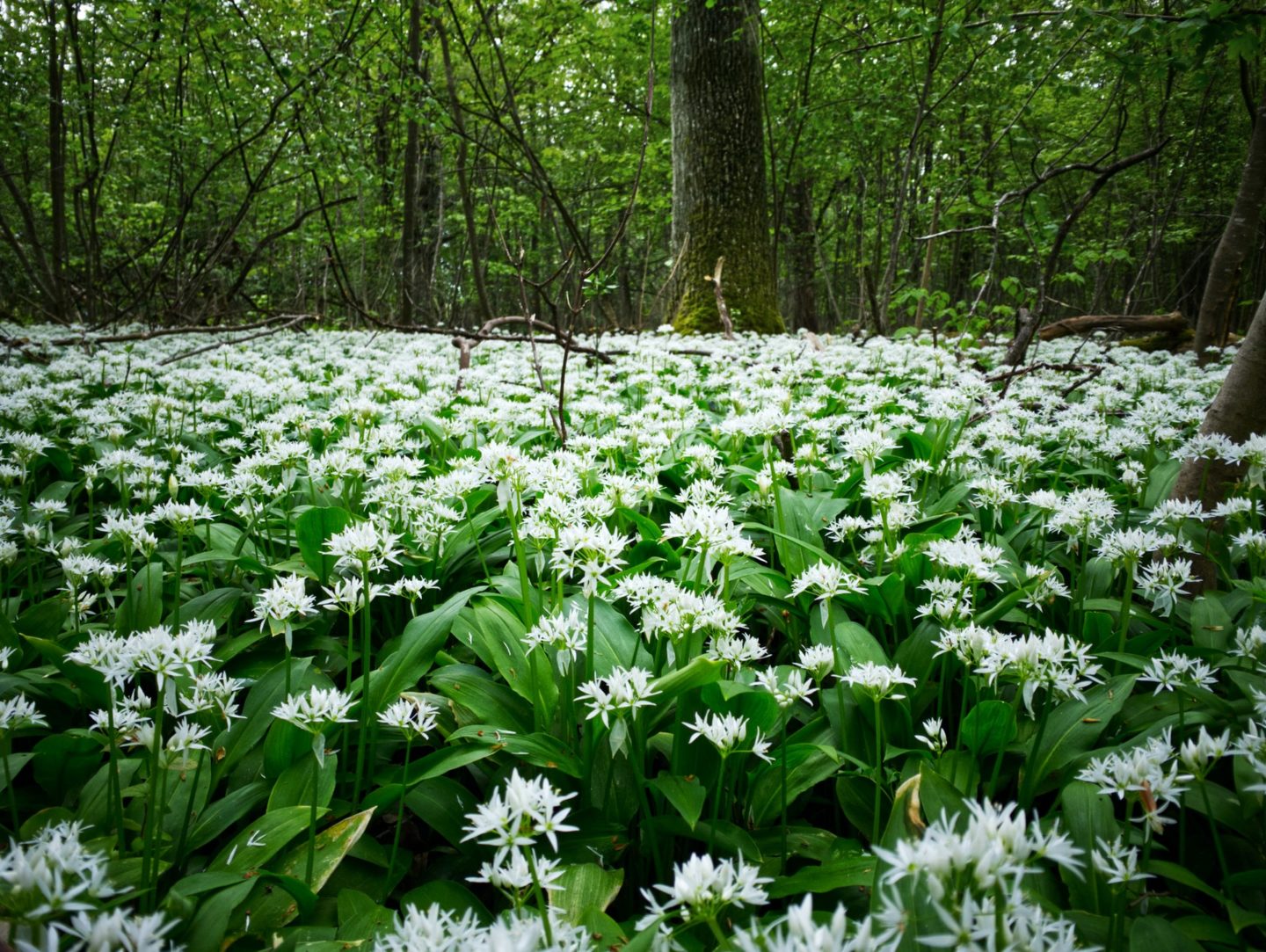
You will likely smell wild garlic before you see it! Often found in woodland, wild garlic is easy to identify and often grows in abundance so it’s a great beginner-friendly foraging ingredient. You can use it fresh in a salad, infuse it into olive oil or my favourite way to cook with it is to blend the leaves into a pesto for pasta.
Ground Ivy.
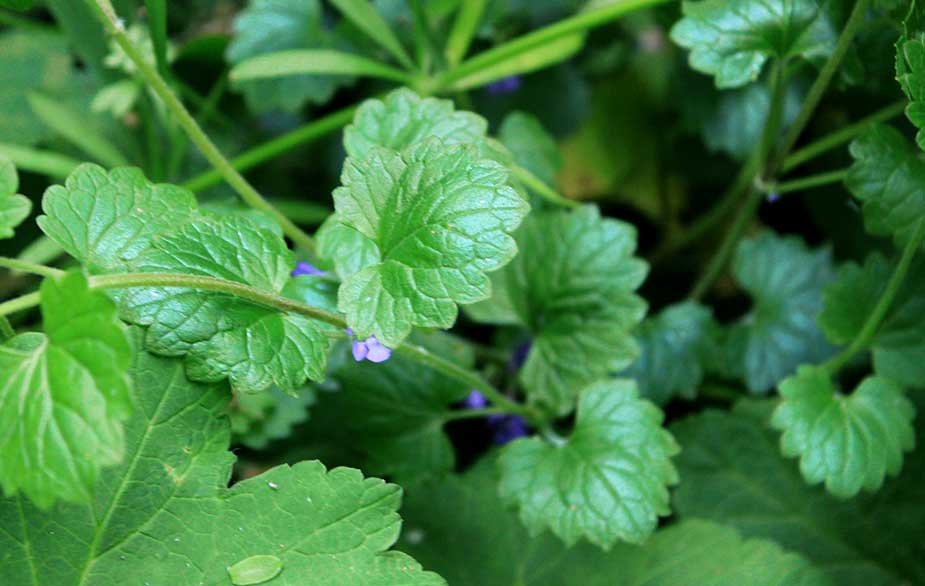
Ground Ivy is a prolific herb here in the UK, which as its name suggests is often found creeping along the ground. Look out for its kidney shaped scalloped leaves in hedgerows and along the side of paths. You can use it to make tea, blend it into soup, add it to stuffing or slice it in salads.
Yarrow.
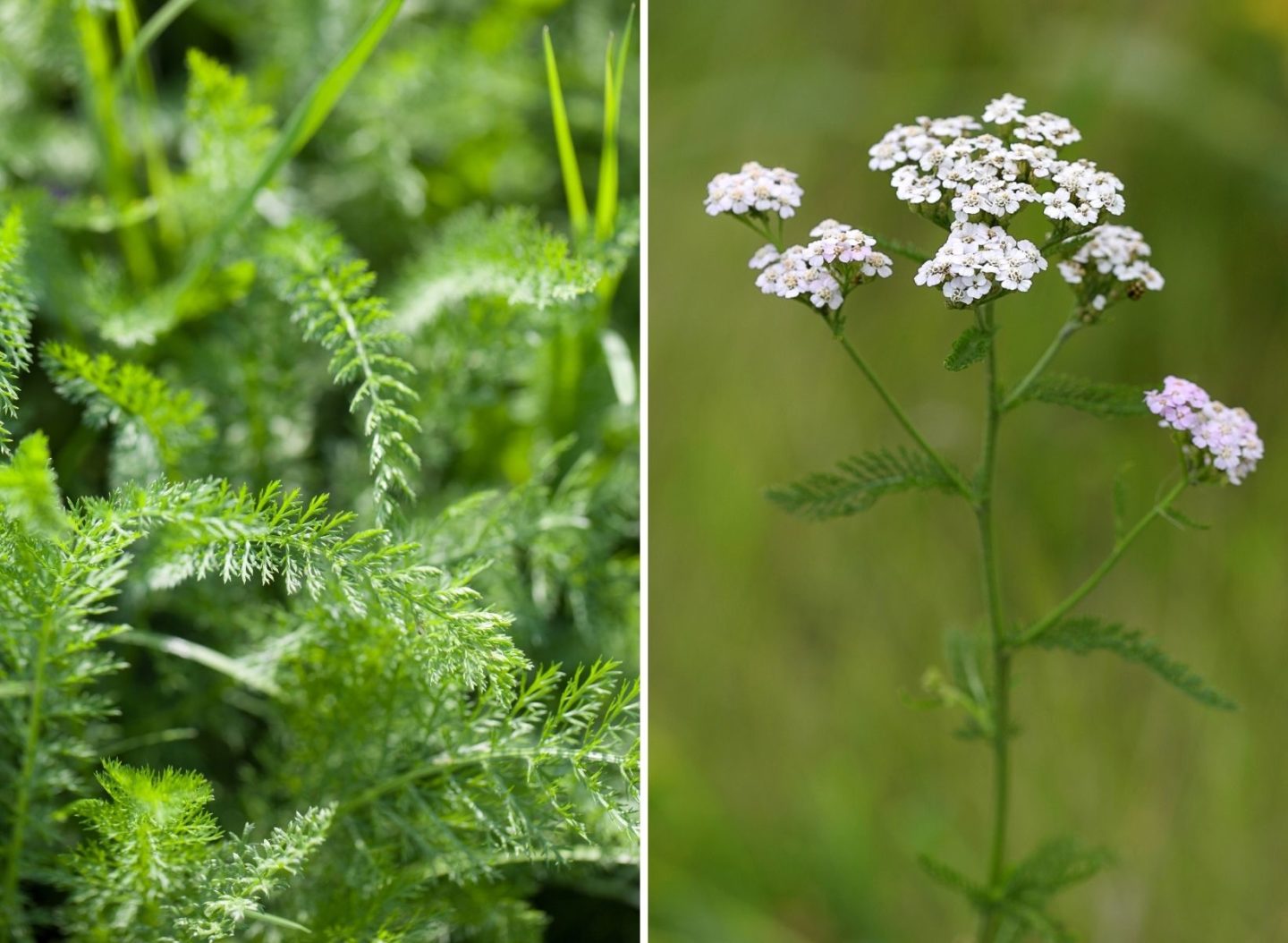
This is a common weed known for its distinctive feather-like leaves which is often found in meadows, fields and alongside paths. It’s easily spotted by the tall, delicate white flowers, but it’s the leaves that you want to forage. Historically, it was used to pack and treat wounds during wars and it is still known for its healing properties. When it comes to consuming it as a food, I enjoy taking yarrow in tea or infusing it in water with some lemon and cucumber. You can also eat the leaves raw in salads or cook them into warm dishes like stews.
Nettles.
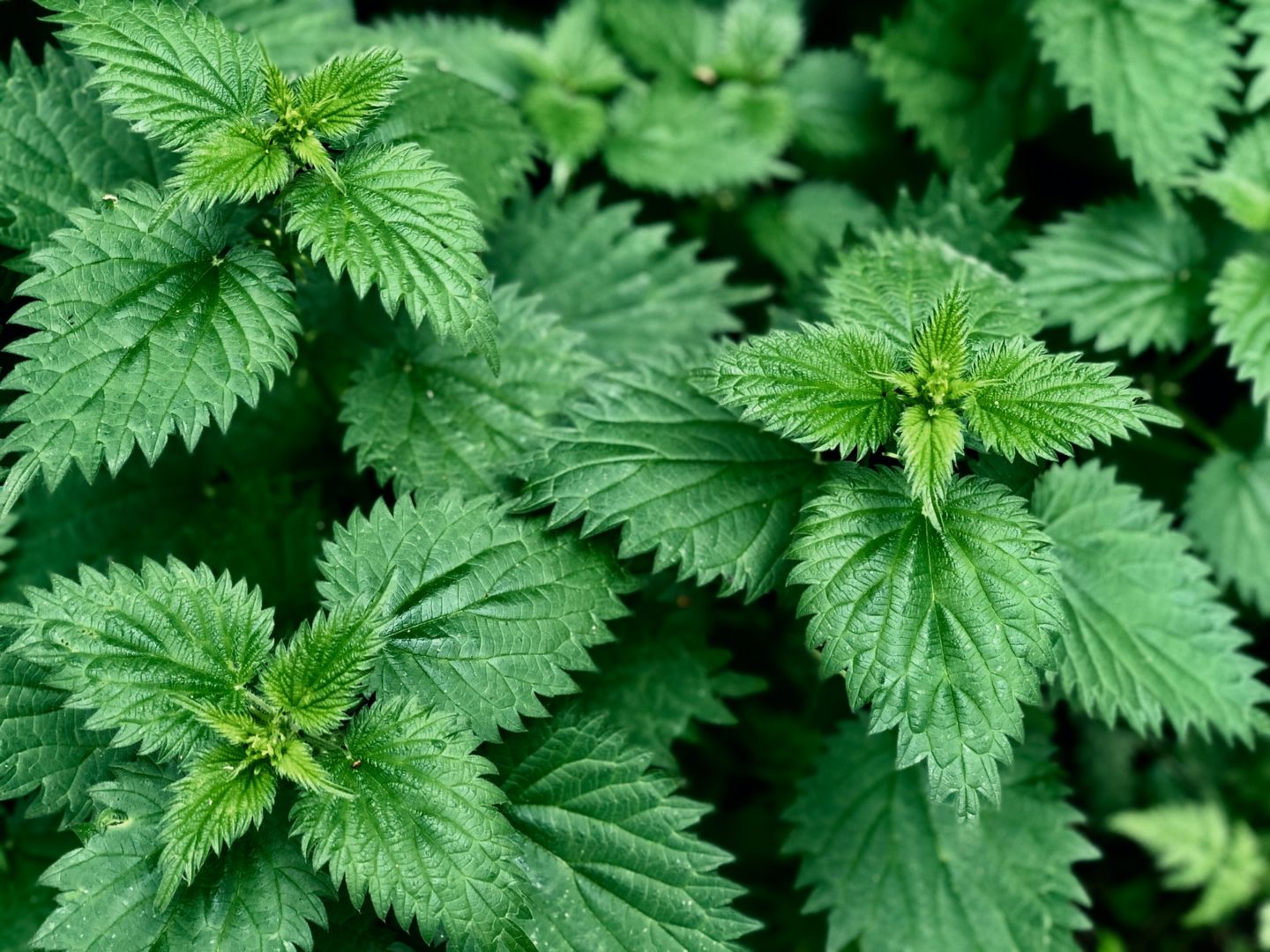
Stinging nettles are known to be nutrition powerhouses. They are often found in abundance and the best time to pick them is in spring when you get the fresh young leaves. Just make sure you take some seriously tough gloves (marigolds work well) to pick them, and you focus on collecting the tender tips. They need to be soaked or cooked well to remove the sting and taste great in soups, pesto and teas.
Cleavers.
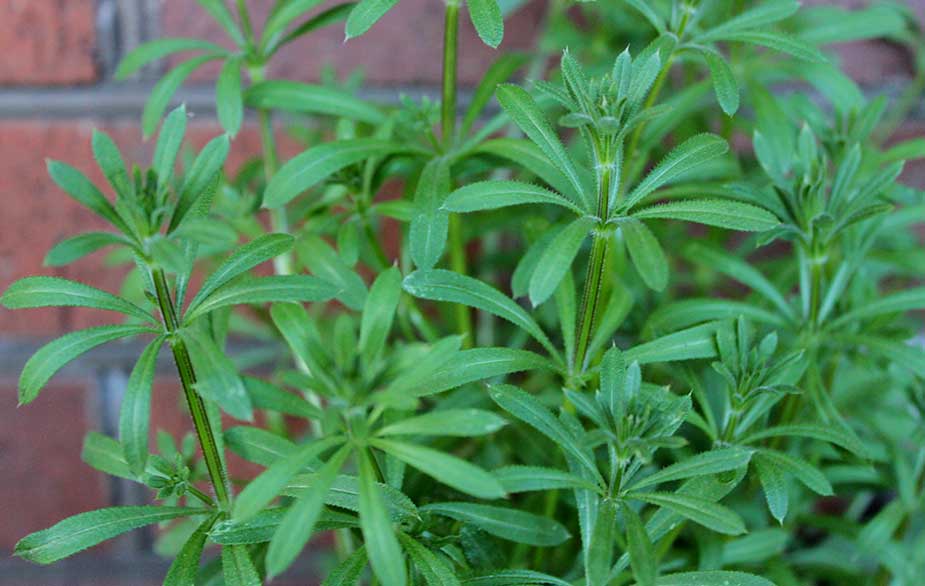
Otherwise known as sticky-weed, I used to stick this to my friends’ backs when I was a child! This plant is known for its square stem covered in tiny hooks, and is best picked early in the year while it is young and tender, before it goes to seed. You can find it in hedges and along grassy banks, often growing in huge abundance. Use it like a green vegetable, adding to soups, stews and pies.
Flowers.
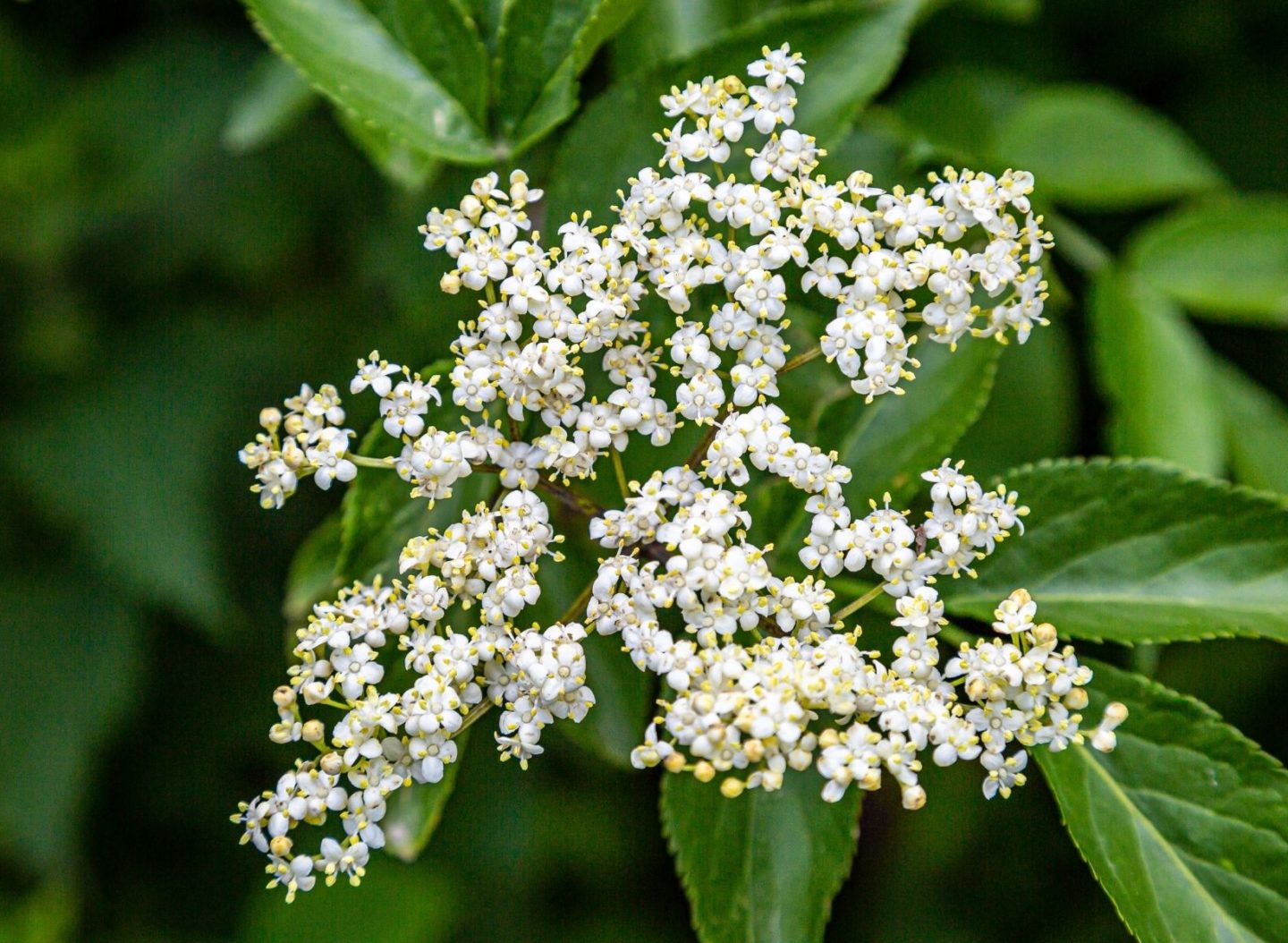
There are a huge range of flowers you can forage. Why not make cherry blossom jam, Magnolia pickle, gorse tea or create a cordial with elderflower? A super simple recipe is to add ten elder bloom heads to sugar syrup just at the boil with some lemon zest and citric acid. Leave it overnight to infuse, then strain and serve. Delicious!
Enjoy nature’s bounty, happy foraging!
Zanna x
Did you find this post helpful? I’d love you to share it on pinterest.
Hover on image, pin and save this blog post for later…
